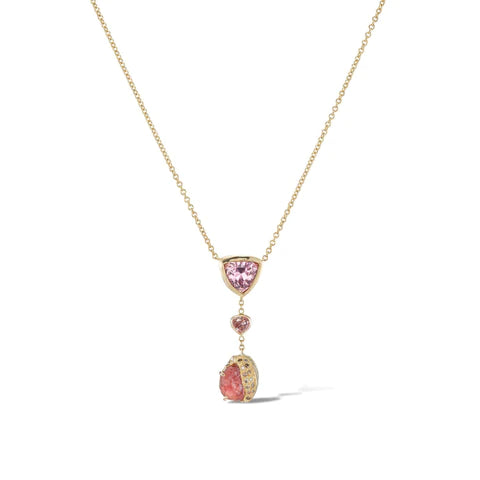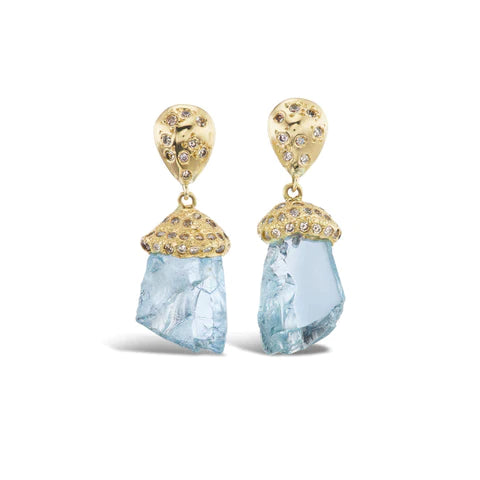Do you consider yourself a health conscious person who makes an effort to fuel your body with the highest quality, fresh, and nontoxic food?
Many people are becoming more aware of the toxic chemicals or harmful ingredients in their food, however, few realize that what you put ON your body is just as important as what you put IN it.
How often do people check the ingredients in their daily skincare, haircare, or other beauty products? Even if you do read all the labels, it takes a lot of research and time to figure out what is good for you and what is toxic. With so many options and misleading marketing, it can be incredibly overwhelming and time consuming to find products that match your health goals and values.
The Clean Beauty movement started due to frustration with the lack of FDA regulations for cosmetics and personal care products. The only ingredients requiring FDA approval before they go on the market are color additives. The FDA also has no guidelines or regulations for the term “natural”. As the Clean Beauty industry grows, there are many companies changing their packaging to seem like their ingredients are safe, without actually changing the product formulas.
According to an article about published by the Harvard Medical School, the “bad” ingredients can be placed into three categories: “irritants or allergens; potential endocrine disruptors (substances that may imitate our body’s natural hormones and interfere with normal signaling of these chemical messengers); and potential carcinogens (cancer-causing agents)”. Some of these ingredients have multiple harmful effects.
This article will introduce the top five harmful ingredients and provide a guide to replacing the most popular beauty products with healthier, non-toxic alternatives.
1. Formaldehyde
Formaldehyde has been named by the National Cancer Institute as a potential carcinogen, linked to cancer formation in both animals and humans at high doses. Formaldehyde also ranks among the top 10 most common contact allergens. Despite the dangers, it is still a fairly common ingredient in hair straightening products, nail polish, eyelash glue, and an array of other cosmetics.
Although many people know to avoid formaldehyde products, there are many other ingredients that slowly release formaldehyde. These preservatives include quaternium-15, DMDM hydantoin, imidazolidinyl urea, diazolidinyl urea, polyoxymethylene urea, sodium hydroxymethylglycinate, 2-bromo-2-nitropropane-1,3-diol (bromopol) and glyoxal.
2. Fragrance
This is one of the most common ingredients in cosmetics, however it can be extremely harmful because manufacturers are not required to reveal the specific chemicals used to make their fragrances, as it is considered a “trade secret”. But, some chemical compounds in fragrances are carcinogenic or otherwise toxic. Many people develop allergic reactions to products containing fragrance, or other symptoms such as headaches, dizziness. Consistent exposure can even cause harm to the central nervous system.
Diethyl phthalate (DEP), is listed as a Priority and Toxic Pollutant under the U.S. Clean Water Act because it harms wildlife and the environment, yet it is widely used in cosmetic products to make scents linger. It has also been linked to interfering with hormones, causing early puberty for girls, reduced sperm count in men, and reproductive defects in developing male fetuses.
3. Parabens
Parabens are another preservative used in beauty and skincare products that can easily penetrate the skin and enter the bloodstream. The most common parabens are methylparaben, propylparaben, butylparaben, and ethylparaben. Excessive exposure to parabens has been linked to breast cancer because parabens can act like the hormone estrogen and disrupt reproductive systems. It also can interfere with male reproductive functions.
4. Sulfates
Sulfates help create the lathering effect in shampoos, soaps, and toothpastes. However, sulfates are very drying. They strip your hair and skin of their natural oils, causing skin and eye irritation.
Sulfates can have other toxic effects in the body. Studies have not been able to show a direct link between sulfates and cancer, but sodium laureth sulfate (SLES) can cause mutations that lead to cancer further down the road.
5. Methylisothiazolinone (MI)
MI is a synthetic preservative that is also a dangerous neurotoxin. It also is a common irritant and allergen, creating red, itchy rashes. It is often used as a substitute for formaldehyde, however it is just as harmful!
Look out for Methylisothiazolione in soaps, antiperspirants, eye makeup, moisturizers, wipes, shampoos, nail polish, and hair dyes.
If you would like to learn more about Clean Beauty, register to join our live webinar with celebrity makeup artist, Cassandra McClure. Our webinar is this Thursday at 11am PST. We have brought together nearly a dozen of our beauty brands to sponsor this educational event, which will highlight “7 Simple Tips for a Green and Clean Beauty Routine”.








Comment
Wow, very interesting to read about ingredients in “beauty” products on the market. thank you